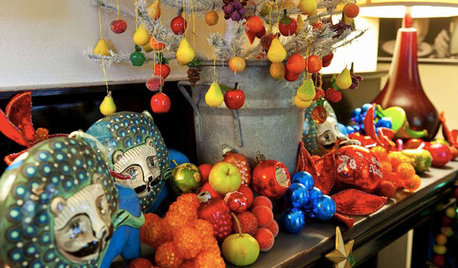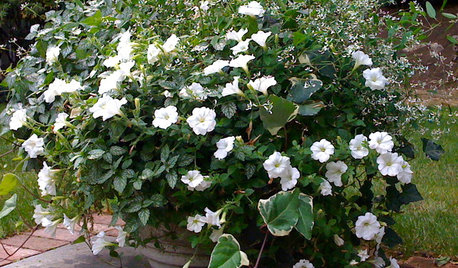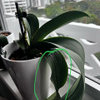Beginner's questions about Swedish Ivy and other Plectranthus
greenthumbfaerie
12 years ago
Featured Answer
Comments (10)
pirate_girl
12 years agolast modified: 9 years agogreenthumbfaerie
12 years agolast modified: 9 years agoRelated Professionals
Birmingham Landscape Architects & Landscape Designers · Oatfield Landscape Architects & Landscape Designers · White Oak Landscape Architects & Landscape Designers · Bristol Landscape Contractors · Chattanooga Landscape Contractors · East Haven Landscape Contractors · Fairhope Landscape Contractors · Hollywood Landscape Contractors · Homewood Landscape Contractors · Pleasanton Landscape Contractors · Rosemount Landscape Contractors · Vashon Landscape Contractors · West Covina Landscape Contractors · West Haverstraw Landscape Contractors · Linton Hall Interior Designers & Decoratorswiccadgardener
12 years agolast modified: 9 years agotapla (mid-Michigan, USDA z5b-6a)
12 years agolast modified: 9 years agogreenthumbfaerie
12 years agolast modified: 9 years agogreenthumbfaerie
12 years agolast modified: 9 years agobirdsnblooms
12 years agolast modified: 9 years agogreenthumbfaerie
12 years agolast modified: 9 years agogardenup
10 years agolast modified: 9 years ago
Related Stories

EDIBLE GARDENSNatural Ways to Get Rid of Weeds in Your Garden
Use these techniques to help prevent the spread of weeds and to learn about your soil
Full Story
INSPIRING GARDENSFrom Concrete Lot to Gracious Organic Garden in Seattle
Plants, pests and even weeds have a place in this landscape, which offers an edible bounty and a feast for the eyes
Full Story
HOUSEPLANTS10 Top Plants to Grow Indoors
Brighten a room and clean the air with a houseplant that cascades artfully, stretches toward the ceiling or looks great on a wall
Full Story
HOLIDAYSHouzz Call: Show Us Your Holiday Mantel
Do reindeer prance or lights dance above your fireplace during the holidays? Share your decorated mantel with us
Full Story
DECORATING GUIDESThe Dumbest Decorating Decisions I’ve Ever Made
Caution: Do not try these at home
Full Story
DECORATING GUIDESDitch the Rules but Keep Some Tools
Be fearless, but follow some basic decorating strategies to achieve the best results
Full Story
MOST POPULARThe Perfect Houseplant for People Who Kill Houseplants
If you can fill a jar with water, you can keep golden pothos vine happy — and it will pay you back with cleaner air and a greener home
Full Story
HOLIDAYS25 Gorgeous Holiday Mantels by Houzzers
Laden with boughs, lights and even lemons, these decorated fireplace mantels show a festive Christmas spirit and a creative approach
Full Story
GARDENING GUIDES11 Perfect Plants for a Moonlit Garden — in Pots
Create an alluring after-dark aura on a patio or deck with container plants that glow white under the stars
Full Story










birdsnblooms